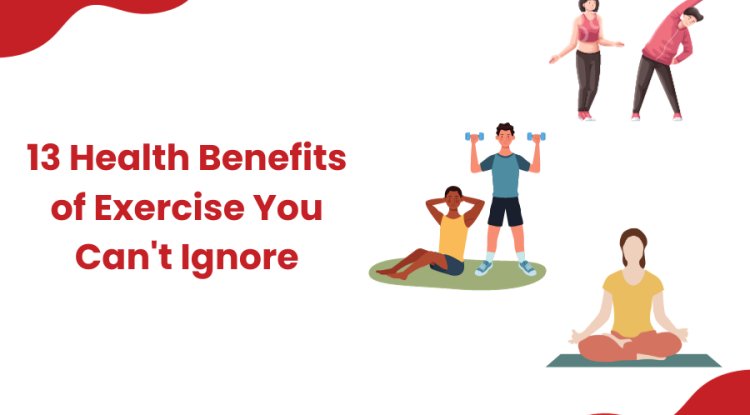How to Read Food Labels: How to Make Smart Decisions and Figure Out Nutritional Data

Knowing what we're eating is more important than ever in a world where there seems to be an endless supply of food choices. Food labels help us make decisions about what to eat by telling us important things about its nutritional value. But sometimes reading these signs can feel like solving a difficult puzzle.
Let's look at some tips for reading food labels and making better choices so that you can make smart decisions and feel comfortable walking through the store.
- Start with the Serving Size: The serving size on the label is the most important piece of information to understand. It tells you how much food a person usually eats at once and is very important for understanding the nutritional value. Keep an eye on the serving size—it might not match up with how much you eat in one time.
- Read the Calories: The number of calories in a food tells you how much energy it gives you. If you want to control your weight, you need to pay close attention to how many calories you eat. To make sure you're eating a healthy diet, compare the number of calories to the number of calories you need each day.
- Look at the Nutrient Content:Fat, salt, carbs, fiber, and protein are some of the most important nutrients to look for. Knowing about these parts can help you make decisions that are better for your health. Instead of foods that are high in salt, added sugars, and saturated and trans fats, choose foods that are high in fiber and protein.
- Watch out for extra sugars:A lot of packaged foods have them, and they can make you gain weight and cause other health problems. In the list of ingredients, look out for words like "sucrose," "high fructose corn syrup," and "cane sugar." Choose foods and drinks that have few or no added sugars or that are sweetened with natural ingredients like monk fruit or stevia.
- Do Not Ignore the Ingredients: The list of ingredients tells you what is actually in the product. The list of ingredients goes from most common to least common by weight, with the most common item at the top. Stay away from goods that have a long list of additives, preservatives, and artificial flavors. Instead, choose ones that have simple, easy-to-recognize ingredients.
- Know the Daily Value (DV): The %DV tells you how much of a nutrient a piece of food adds to your daily diet based on a diet with 2,000 calories. You can use the%DV to find out if a food has a lot or a little of a certain vitamin. Foods that have less saturated fat, sodium, and extra sugars and more fiber, vitamins, and minerals are better for you.
- Watch out for health claims:There are a lot of health claims on food labels, like "low-fat," "reduced sodium," and "high-fiber." These claims may be true sometimes, but they may also be false. Always look at the list of ingredients and nutritional information to make sure these claims are true.
CONCLUSION
Understanding food labels is important for making smart choices about the foods we eat. If you know about serving sizes, calories, nutrients, ingredients, %DV, and health claims, you can confidently read food labels and pick products that support your health and wellness goals. Remember to choose whole, minimally processed foods whenever possible, and use food labels to help you make decisions that will help you live a healthier life.
What's Your Reaction?


















